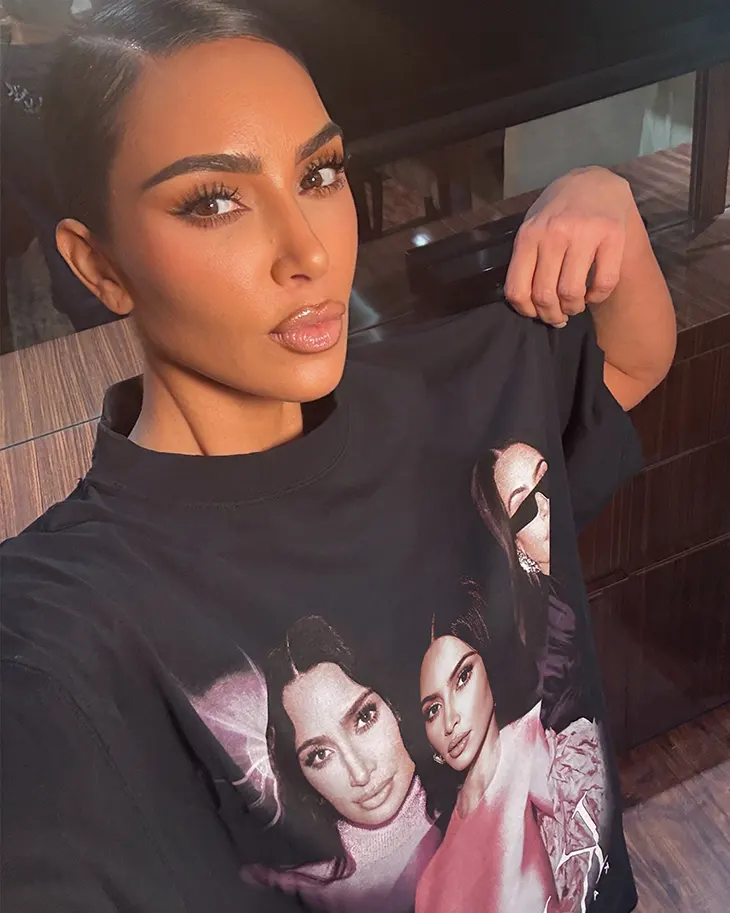
When Kering announced Demna as the new creative director of Gucci, the fashion world responded with both fascination and unease. The stakes couldn’t be higher: Gucci is Kering’s most recognizable brand, a global emblem of Italian luxury, and the company’s biggest contributor to revenue. Yet the market’s response to the announcement was blunt, Kering’s stock lost nearly $3 billion in value within hours. The appointment signaled a sharp pivot, one that embraces chaos, controversy, and confrontation as potential paths to cultural relevance and commercial recovery.
Demna, who rose to prominence as the creative mind behind Vetements and later transformed Balenciaga into a viral powerhouse, is a designer who resists comfort. His design language often borrows from the banal, the dystopian, and the deliberately ugly. Yet it’s precisely this confrontation with aesthetic norms that has made him one of the most influential figures in fashion over the past decade. Kering’s bet is clear: Demna’s shockwaves may be exactly what Gucci needs.

Gucci’s Fall from the Peak
To understand the magnitude of this moment, it’s important to look at where Gucci has been. Under Alessandro Michele, Gucci achieved the near-impossible: cultural dominance and financial success, all while embracing a hyper-maximalist, gender-fluid, historically referential design language that was utterly unlike anything else on the market. From 2015 to 2019, Gucci became a lifestyle, a meme, and a status symbol across generations and regions. Sales soared, and the brand dominated fashion conversations globally.
But by 2022, the formula began to wear thin. As consumer appetite shifted toward quieter luxury and Gen Z’s taste matured, Michele’s richly layered world began to feel crowded and visually exhausting. After Michele’s departure, Sabato De Sarno stepped in with a more minimal, refined aesthetic, an attempt to reestablish Gucci as a brand of elegance and restraint. Yet De Sarno’s collections, while polished, failed to generate excitement. Gucci’s relevance waned, and the house lost visibility among younger consumers and fashion’s digital-first audience.

The Fashion Market’s New Era
Luxury fashion in 2025 sits at an unusual crossroads. On one hand, LVMH and Richemont continue to demonstrate that consistency, heritage, and craftsmanship remain profitable virtues, look at Louis Vuitton’s steady dominance or the resurgence of quiet codes at Ferragamo and Bottega Veneta. On the other, the influence of internet culture, meme virality, and cultural disruption has only grown stronger. Brands like Miu Miu and Loewe walk this tightrope successfully, commanding both runway credibility and TikTok virality. The question is whether a house as large and established as Gucci can still act as both institution and provocateur.
Demna, more than any designer today, has mastered the mechanics of viral fashion. He understands how garments function as symbols, how images travel online, and how disruption creates attention in a fragmented media space. At Balenciaga, he weaponized irony and alienation to turn fashion shows into performance art. He redefined streetwear, hijacked luxury codes, and sold DHL T-shirts and platform Crocs as high fashion, all while maintaining a loyal customer base willing to pay luxury prices for absurdity packaged as critique.
But Balenciaga’s reputation hasn’t come without consequences. The controversial 2022 ad campaign backlash revealed the fragility of a brand built on provocation. Although Demna survived the scandal, it left a mark on the label’s cultural capital. His appointment to Gucci now raises important questions: Is the same playbook viable under a different brand? And more importantly, does the Gucci customer want it?

From Hacker Project to House Lead
Demna’s relationship with Gucci isn’t entirely new. In 2021, he collaborated with Alessandro Michele on the “Hacker Project,” a part of Gucci’s Aria collection. The collection blurred the line between the two brands, Gucci’s monogram appeared on Balenciaga silhouettes, and vice versa. It was a clever, self-referential experiment that generated hype and sold out in record time. But as a one-off, it succeeded because it was fleeting and ironic. Appointing Demna as Gucci’s full-time creative head brings a different proposition, he will now define the brand, not just disrupt it for a season.
The creative risk lies in compatibility. Gucci, historically, has embodied sensuality, glamour, and baroque fantasy. Whether under Tom Ford’s high-octane seduction or Michele’s intellectual romance, it has always been unapologetically expressive. Demna, by contrast, operates with cynicism and minimalism, even his maximalism feels stripped of joy. His fashion is conceptual, coded, and often confrontational. That aesthetic might jar with Gucci’s DNA unless it’s redefined entirely.
Kering is clearly ready for reinvention. After several years of slipping revenue and internal instability, the group needed a reset moment. Appointing a designer who understands the machinery of culture and commerce, who has built a cult following through unpredictability, may be the only viable path left for Gucci to regain urgency in a crowded market.

The Demna Effect
There is no doubt Demna is a creative force. Trained at the Royal Academy of Fine Arts in Antwerp and steeped in the tradition of the Antwerp Six, he possesses a deep understanding of tailoring, construction, and historical reference. His work is not devoid of meaning, it is deeply intellectual, sometimes painfully so. What sets him apart is his ability to disguise that intelligence in deceptively simple or crude forms. Whether through refugee-inspired outerwear or couture made from car mats and trash bags, he challenges the notion of taste, luxury, and identity.
Gucci could benefit from this kind of reframing. The brand doesn’t need another designer to tweak logos or reinvent archival handbags. It needs someone to shift the conversation entirely, to reposition Gucci not just as a luxury brand but as a cultural provocation. And yet, as with any risk, the success of this transformation depends not only on design but on timing, execution, and reception.

Viral Buzz vs. Long-Term Vision
One of the central concerns is whether buzz is enough. In the short term, Demna will undoubtedly put Gucci back in the headlines. His first show, whether it arrives in Paris or Milan, is likely to generate global press and influencer hysteria. But virality doesn’t always equate to loyalty. Fashion fatigue sets in quickly in today’s climate, and if customers don’t connect with the product, all the buzz in the world won’t keep sales high.
Gucci’s real test will be the product on the shop floor. Will Demna’s vision translate into bags, shoes, and ready-to-wear that resonate beyond the front row? Will legacy clients, accustomed to Gucci’s aspirational glamour, embrace his brutalist satire? Or will Kering have to nurture an entirely new customer base? These are the questions that will determine whether the appointment is remembered as a turning point or a misfire.
Moreover, luxury consumers in 2025 are no longer chasing logos and hype alone. They seek clarity of vision, cultural authenticity, and products that reflect their values, whether that’s craftsmanship, environmental responsibility, or creative expression. Demna excels at the latter, but he will need to build more than buzz to ensure Gucci’s long-term growth.

Can Gucci Be Gucci Again?
The most difficult question of all is whether Gucci can ever return to its peak, or if that era has passed for good. The conditions that enabled Michele’s magic feel difficult to replicate: a mix of political unrest, digital ascension, and cultural nostalgia collided in a way that made Gucci’s maximalism feel revolutionary. Today, the fashion space is more fragmented, attention spans are shorter, and authenticity is harder to pin down.
But perhaps returning to what Gucci once was is not the goal. If Demna succeeds, it will be by creating a new version of Gucci, one that doesn’t chase the past but confronts the present. His Gucci might be colder, sharper, more meta. It might alienate some, fascinate others, and confuse many. But if it creates a new dialogue and inspires the next generation of fashion consumers, it will have done its job.
Demna’s appointment rejects comfort and embraces disruption. In a market flooded with sameness, that might be exactly what’s required.


















